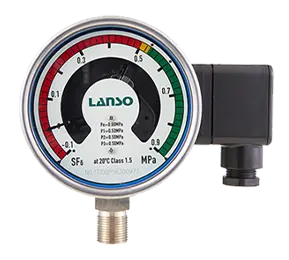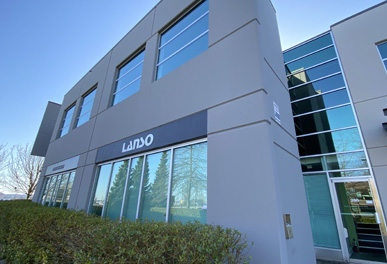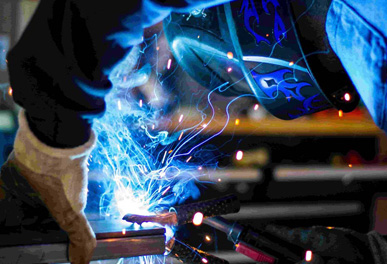1. The specific analysis of the impact of sunlight radiation on SF6 density relays
1.1 Because of the strong sunlight radiation, the SF6 relay metal shell temperature is much higher than the ambient temperature.In the summer high temperature season, the metal shell surface temperature reach 60 degrees Centigrade, so that the high temperature of the metal housing will raise the temperature of the SF6 gas in the gas chamber with a very small volume of SF6 relay.Compared with the larger volume of the circuit breaker gas chamber, the gas convection can be ignored as the gas chamber of the SF6 relay and the circuit breaker body connect through the slender pipe.Therefore, the SF6 gas temperature in the SF6 relay is higher than that of the circuit breaker body gas chamber, and there is a large deviation with the standard pressure of 20 degrees Centigrade.
1.2 After eliminating the effects of sunlight radiation, the action pressure value of the SF6 relay is qualified. From the above analysis, it can be seen that the strong radiation of sunlight makes the gas chamber temperature of the SF6 relay greater than the temperature of the body gas chamber of the equipment, which will make the bimetallic compensation device of the SF6 relay in an overcompensated state, so that the action pressure of the SF6 relay is higher than the normal at the ambient temperature, which will cause mistaking alarm or locking early, affecting the normal operation of the equipment. Therefore, when installing the SF6 relay, the appropriate installation location must be selected to eliminate the effects of sunlight radiation as much as possible.For example, the SF6 relay is installed in a less exposed to sunlight radiation, and shade the sun further by shield on its periphery at the same time, to ensure the reliability of its movement.
2. Precautions in the operation of the SF6 relay
2.1 The main function of the SF6 relay is to monitor whether the SF6 gas is leaking, and only after the temperature inside and outside the equipment has reached equilibrium the SF6 gas density (or pressure) value can be accurately measured, and the SF6 gas density (or pressure) value can be determined according to the change of density (pressure) reading.
2.2 The bimetallic sheet, which acts as temperature compensation for the SF6 relay, can only compensate for changes in SF6 gas density (or pressure) value due to changes in ambient temperature, and not for changes in SF6 gas density (or pressure) values caused by temperature rise inside the equipment.
2.3 When the circuit breaker is put into operation, the load current of the circuit breaker is consumed by the conductor resistance and contact resistance of the conductive circuit. The electrical power is converted into thermal energy, heating the SF6 gas to make temperature rising, which in turn makes pressure increments, and the readings of the SF6 gas density (or pressure) gauge are large, which is normal for this SF6 gas density (or pressure) gauge. If the reading of the gauge is small at this time, it is necessary to judge whether the equipment is due to leakage or its own gas filling mass is less.
2.4 According to the SF6 relay (gauge) configuration in the position of the circuit breaker, its reading is also biased. The SF6 relay of the SF6 equipment shall be installed in a position less affected by sunlight radiation, and a sun-shielded housing shall be installed on the periphery to block out sunlight, ensuring the reliability of its movement, and the installation of the SF6 relay in the body box where the heater is installed should be avoided.
2.5 In the operation of the inspection , not only need to record SF6 gas density (or pressure) value and ambient temperature, but also need to record SF6 electrical equipment load current and temperature rise, only by comparing with past records, can roughly determine whether the internal temperature is too high, whether the temperature allowed value exceeds the standard, and then determine whether the ground resistance of the conductive circuit is over the standard.
2.6 In the case of circuit breaker power failure, the pressure value after the correction of the SF6 gas "pressure-temperature curve" can probably determine whether there is a leak in the circuit breaker.







